- BY nwmcadmin
- POSTED IN Plastic Injection Molding, Plastic Injection Molds, Product Development, prototyping
- WITH 5 COMMENTS
- PERMALINK
- STANDARD POST TYPE
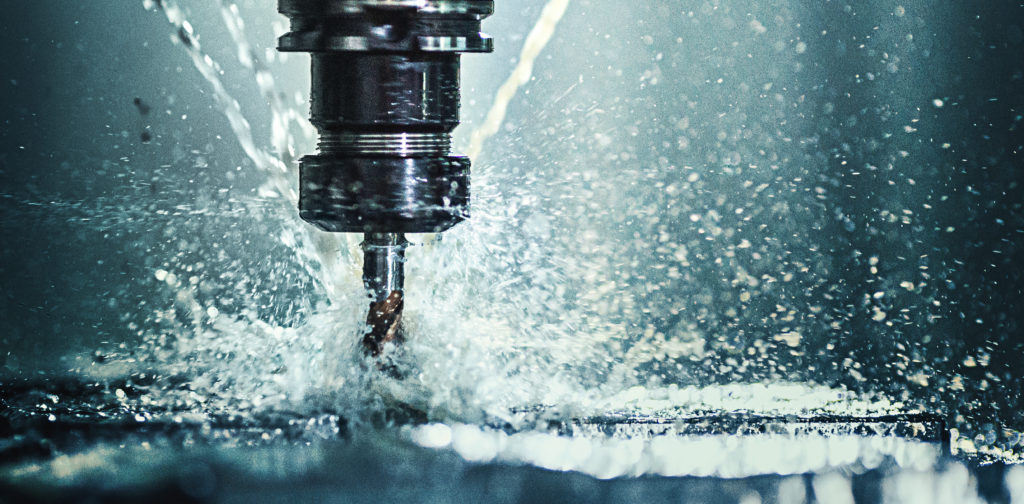
What is a CNC Machine and How Does it Work?
CNC Machines are some of the most important tools used in modern manufacturing. They can perform an incredibly diverse range of tasks and are essential for product design. Because of the complexity of CNC machines, it can be easy to get lost when trying to decide which machine is right for the job.
What is CNC?
CNC stands for computer numerical control. It refers to any machine that is controlled by a predetermined set of instructions created with a computer. Put simply, the machine creates a product using a 3D model as the template. Generally, the term CNC machine is used to describe a variety of different tools used in subtractive manufacturing, the process of creating products by carving or removing material from a blank. While additive machines like 3D printers are also a type of CNC machine, they are increasingly considered a separate field within manufacturing.
CNC machines were first created in the mid 20th century. They were, generally, adapted versions of existing tools and originally ran on punch cards. Since that time, CNC has developed into one of the most important and dominant forms of manufacturing in the modern world.
Why Product Developers use CNC Machines
CNC machines perform a number of different manufacturing tasks, ranging from broad multipurpose functions to incredibly specific and specialized work. Because of this wide range of capabilities, CNC machines are an ideal solution for many different production jobs. Unique, one-off products that require a high degree of precision and detail are a great fit for CNC machining as the process allows for accuracy down to a fraction of a millimeter. This could include parts like aerospace components or even fine art pieces. Conversely, large projects requiring a high volume of products are also ideal for CNC machining due to the efficiency with which parts can be created. Common large scale projects include things like auto parts and metal gears.
Materials Used in CNC Machining
At Rex Plastics, we primarily focus on hardened tool steel for our CNC mold making process, though a number of materials are suitable for use in CNC machines. Various metals and plastics, foam, glass, and even wood can be used to create products using different machines. Less common materials often require specialized equipment, such as hot wire or plasma cutters.
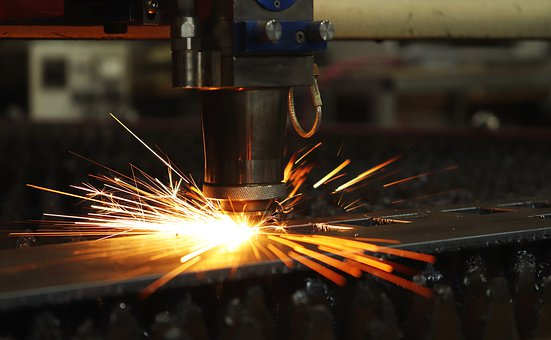 CNC Machine Types
CNC Machine Types
Because CNC machines perform such a wide variety of tasks across the manufacturing industry, there are a great number of specialized machines to perform these tasks. Some examples include:
Conventional CNC Machines
Mill– One of the most widely used varieties, CNC milling machines feature between 2 and 6 axes’ and can use a number of tools to shape the desired product.
Lathe– Used in a process known as turning. Lathes shape products as they rotate at high speeds and are ideal for creating products with a somewhat cylindrical shape.
Electrical/Chemical Machining
Electron Beam– These machines use a concentrated beam of electrons to vaporize material. Electron beam machines can create very precise cuts and use a variety of different metals.
Photochemical– Used to create sheet metal components. Light sensitive materials cause selective corrosion of the metal surface.
Other CNC Cutting Tools
Plasma Cutter– Uses pressurized gas blown through an arcing current to create plasma. This plasma is hot enough to melt the metal being processed and is used to cut out a shape in a sheet of metal.
Waterjet– Most commonly used to cut metal and stone, waterjet machines are ideal for use with materials that cannot tolerate high heat. These machines use a high-pressure water jet, often mixed with an abrasive, to perform a number of cutting tasks.
Rex Plastics primarily focuses on milling services, as they are the most requested and most general application of CNC machining. Mills are able to switch tools quickly while creating a product, allowing them to perform multiple tasks with minimal downtime.
The Automatic Tool Changer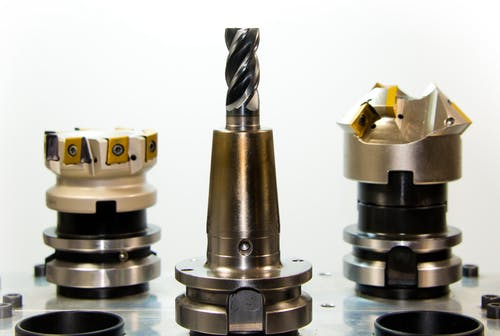
Many CNC mills feature automatic tool changer systems. These systems allow the machine to quickly change the shaping tool during the production process. As noted above, this significantly cuts down on the time required to create a finished product. A single product may require any number of different tools throughout its creation, so the ability to make these changes without having to stop the machine allows us to provide a more efficient experience for our clients.
What Can CNC Machines Do?
Grinding
A course wheel, often infused with diamond particles, rotates at high speeds across the workpiece. The product is held in place via clamp or magnet. The wheel moves repeatedly across the workpiece until the desired size and smoothness is attained. Some pieces require a high degree of precision that can only be achieved through CNC processes. Our own plastic injection molds use this high precision grinding to ensure that the plates are completely true and fit together perfectly.
Drilling
Similar to milling, drilling is used to create holes in a workpiece, generally across a flat, horizontal surface.
Tapping
Often closely tied to drilling, tapping can be used to create threading within a drilled hole. Utilizing an automatic tool changer, holes can be drilled and then tapped in quick succession, minimizing downtime in what would be an otherwise lengthy process.
Turning
The function performed by a lathe, turning can use many different cutting tools to create a number of products, ranging from the ornate to the mundane.Common products include things like bolts, threaded inserts, and spindles.
CNC Software and Design
As we have discussed, CNC stands for computer numerical control. But where do these numbers come from?
CNC machines receive their instructions from a number of different sources. The computer-aided drafting, commonly known as CAD, is the 3D model of the product that is to be created. The computer-aided machining program, or CAM, is the actual set of instructions the machine will use to craft the piece. Lastly, a computer-aided engineering program, CAE, is used throughout every phase of the CNC process and supports functions like simulations and diagnostics. These three types of programs run in unison and each contributes to the creation of the finished product.
CADs can be produced by a number of specialized programs like Solidworks and Autocad. At Rex Plastics, we use Mastercam to create our designs. It is important to use a program that is fully understood by everyone involved in the production process, as small errors in the design can lead to disastrous and time-consuming consequences.
2d Designs
Relatively simple, 2d CNC designs are products that only require work on a single plane. While the workpiece is still a three-dimensional object, the term 2d is used to show that the piece is flat and does not feature rounded parts.
3d Designs
3d CNC designs are products crafted using all axis and rotations available. If a 2d design cuts out a circle in a plane, a 3d design carves a sphere from a block. 3d designs are generally more complicated and time-consuming than 2d.
G-Code
G-code is the language of CNC. It is the programming language that is universal across the spectrum of CNC machines and beyond. It allows product developers to tell the machine how to move and what path will be followed to create the piece.
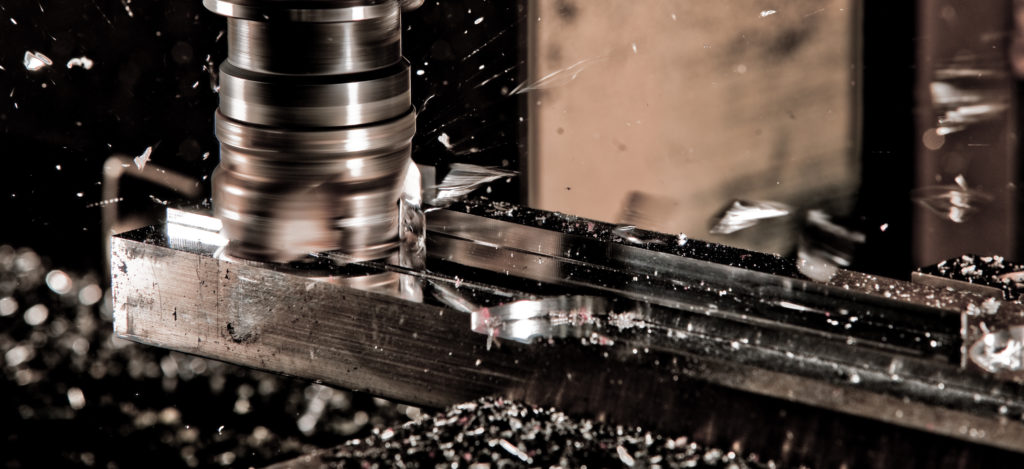
CNC From Start to Finish
- Create a CAD. This can be accomplished by using an existing object or drawing as a guide.
- Write the CNC machine program, using the previously made CAD.
- Determine the tools to be used in production. These tools will be determined by the geometry of the workpiece.
- Determine the proper material and tolerances based on what the product will be and what it will be used for. Some pieces will require a higher degree of precision than others and the material used must reflect that.
- Mount the workpiece onto the CNC machine
- Find the starting point. This point, the zero found at the intersection of the x, y and z axis, will be used by the machine to determine its position relative to the workpiece.
- Run the program. Depending on the complexity of the design, this process may require the workpiece to be moved to one or more additional CNC machines. For example, one piece may require the use of both a mill and a lathe.
- Finishing. Depending on the application of the finished product, this step may include things like deburring and polishing.
CNC Manufacturers
At Rex Plastics, Fadal is a brand we trust. Made by machinists, for machinists, Fadal has served to meet our CNC needs. Other brands include Makino and Mazak. A CNC machine of any kind constitutes a very substantial investment, so it is essential that manufacturers, like Rex Plastics, only use the best machines produced by trustworthy companies.
Manufacturing Considerations
If the product being created is especially large, there are a number of special considerations that must be made. Very large pieces may require specialized equipment to create. Put simply, large pieces, amplify all of the challenges associated with average size pieces. For example, the heat generated by the creation of a small piece can be considerable, and this heat increases exponentially with the size of the job. Issues like coolant delivery become very important when dealing with a bigger workpiece.
Another aspect of production to consider during the planning phase is the material being used. Factors like tensile strength and heat tolerance are important and can have a great impact on the success of a product.
Visit a CNC shop
There are a number of ways we can create a product for you. If there is an existing product you would like to reproduce, we can reverse engineer it, create a CAD, and design a program to begin manufacturing that product with our CNC machine.
See our very own CNC machines operating at our shop in Vancouver, WA
If your product is still in the conceptual phase, we can assist in a number of ways, helping you to bring your design into the real world. We can help with prototyping, design, and planning the production cycle. And of course, if you have an idea you’d like to bring to production, we are always available to provide a quote
Modern Manufacturing
CNC is a driving force in the development of the manufacturing industry. It has allowed for the creation of products at a scale that would be otherwise impossible. When considering your own manufacturing needs, these machines can offer solutions to any number of challenges.
If you have a product and think that CNC might work for you, let us know and we can provide all the information you’ll need.
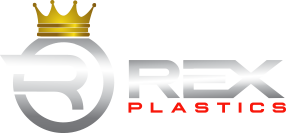
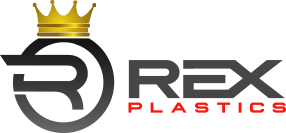
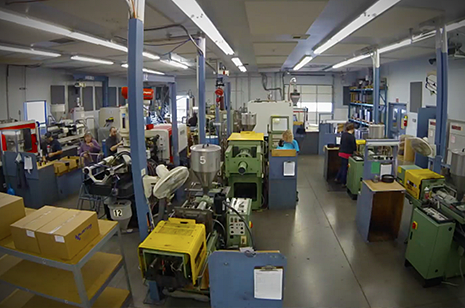
Well explained the types of CNC machining. Thanks for the informative article.
Hi There,
Thanks for Sharing information about the process and various types of CNC Machines.
Keep updating it…
Impressive precision and efficiency! The CNC machine showcased here truly highlights the future of manufacturing. It’s incredible how technology continues to revolutionize the industry. #CNCmachine #Innovation. For more about CNC machine visit here https://www.igoldenlaser.com/
The blog post on CNC machining by Rex Plastics provides a well-structured overview of the subject, making complex concepts accessible to a wide audience. The detailed explanations of CNC technology’s applications and benefits in manufacturing demonstrate the author’s expertise. Additionally, the inclusion of practical examples enhances understanding. I want to express my gratitude to the author for this informative piece and hope they continue to share more valuable insights on CNC machining and related topics in the future.